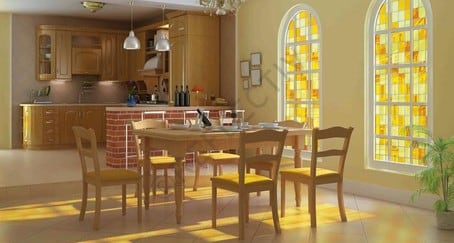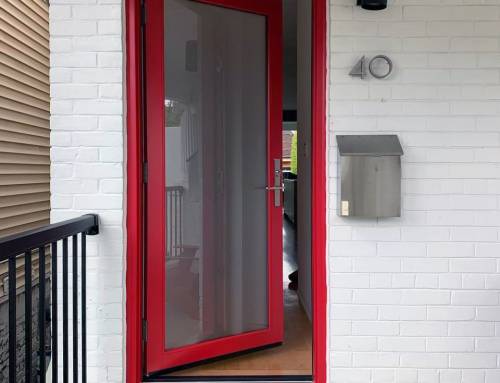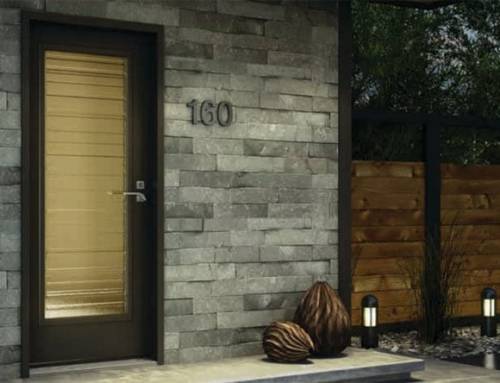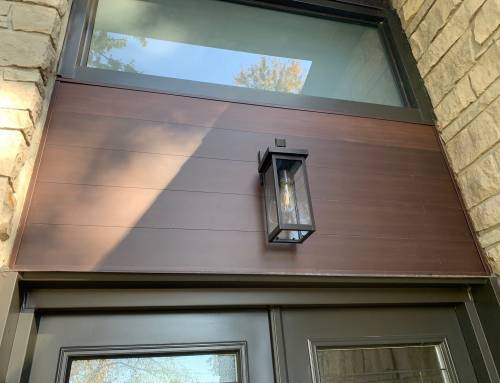We, humans, are very creative when it comes to making our lives easier and more comfortable. The brightest minds are always at work seeking solutions to the problems that arise all the time. Window films are one of those brilliant solutions that have been born to make our lives a lot more comfortable.
What Are Glass Films?
Glass films have been used as early as 1960s, but today they are gaining more and more popularity due to constantly rising energy costs and changing climate. Glass films are essentially self-adhesive polyester films, the primary purpose of which is to protect windows from the sun exposure. They are applied directly to window glass of automobiles, houses or commercial buildings to protect the glass surface from all three types of sun rays: the visible sunlight, infrared rays that we can feel as heat, and ultraviolet rays, which are invisible and very harmful. Depending on their type, glass films absorb and/or reflect those rays. By absorbing and reflecting solar energy, such films can significantly reduce glare, protect the glass from heat gain and block the harmful UV rays. Therefore, they can considerably reduce the energy costs, related to using A/C in summer and heaters in winter. High quality window glass films are constructed to reflect heat coming both from inside and outside. In winter, they help keep the heat from home heating systems within the heated area, therefore, reducing the heating costs. In summer, they prevent the infrared sun rays that create heat, from penetrating through the glass surface, so your A/C will work more efficiently. Moreover, protecting the windows from the sun comes with a valuable bonus: your furniture, curtains and rugs will not fade under continuous exposure to sunlight. When the windows are exposed to sunlight, about 90% of it penetrates through the glass, causing fading of the interior furnishings. When a film is applied to the glass surface, up to 99% of the harmful sun rays get blocked.
However, the protective effect of window films is not limited only to reflecting solar energy. Window films are also very useful in protecting the window glass physically: if the glass breaks, the film will keep the broken pieces in place, thus, it will significantly reduce the chance of getting injured. This feature is especially valuable for those, who have young children at home. It holds also true when it comes to protecting your home from intruders: a window glass with a protective film is much harder and more time-consuming to break.
Considering all these valuable features, glass films can be an alternative to Low-E window glass. Low-E (low emissivity) glass has a micro-thin coating that reflects long-wave infrared rays, thus, it protects the glass from heat gain. Windows with such low-e glass are quite expensive. Replacing Low-E glass will cost many times more than replacing a window film. Therefore, the latter turns out to be more cost-effective.
Types of Glass Films
Window glass films mainly come in three types: dyed films, metal-containing films and nano-ceramic films.
Dyed films essentially absorb sun energy and are considered non-reflective, as they do not have a reflective metal layer. These are not nearly as efficient as other types, as they do not reflect or block sun rays. Nevertheless, they still offer a good level of protection.
Metalized films have a micro-thin and transparent metal layer sandwiched between two polyester layers. This “sandwich” is coated on both sides: a scratch-resistant coating is applied to the side that is open, thus may be cleaned frequently, and a UV absorbing coating covers the side that will be applied to the glass.
Metal-containing films are more efficient than dyed films, because they can both absorb and reflect solar energy.
Nano-ceramic films have a more complex structure, but they have the same effect by both absorbing and reflecting the harmful sun rays. Both types of window films can block up to 99% of UV rays and up to 85% of the heat.
Window films come in different patterns, colors, and opacity levels . If you are concerned that they will not fit into your interior decor, worry not. Among the variety of types and colors you are sure to find films that will not only protect your windows, but will also complement your home decor.
Today’s market offers a wide variety of window film designs and you can find a perfect solution for additional protection as well as decoration of your windows and doors. Thus, stained glass window films are extremely popular amongst those home owners who seek to add a bright splash and warm vibrant colours to their home setting. Fully glazed French doors, arched windows, doors with transoms, doors with sidelights look absolutely spectacular with stained glass films.
Some manufactures implement the most advanced technologies which allow achieving effects of acid etched, sandblasted and textured glass but at a fraction of the price.
If you are concerned about privacy, then you should consider choosing frosted or textured glass films. There are plenty of embossed and patterned films with interesting designs which offer various degree of privacy and light transmittance.
Or have you been dreaming of a wrought iron door but just can’t afford it? Well, now you can! Try this fancy faux wrought iron glass film to add classic elegance to your entrance!
Glass films can be adhesive or static-cling (non-adhesive). Simply follow manufacturer’s installation instructions carefully to achieve outstanding results in beautifying your windows & doors in minutes.
Glass films are an extremely efficient, flexible and affordable way to enhance your home aesthetics. They open virtually endless possibilities in home interior design without breaking your budget and allow you to customize the look of your windows and doors in the most eye-catching way.
With glass finishes available now you don’t have to worry about a high price tag of specialty glass – instead, you can become creative and just turn one of your weekends in this fascinating DIY project of making ordinary glass inserts extraordinary.






Leave A Comment
You must be logged in to post a comment.